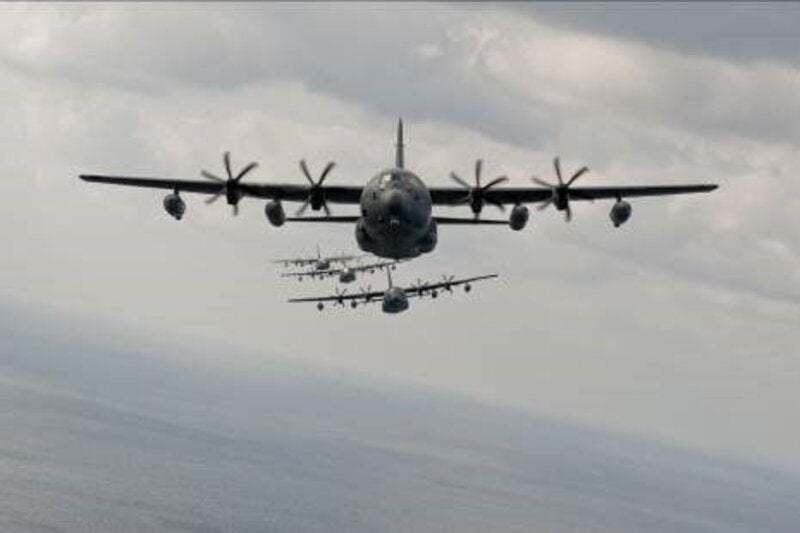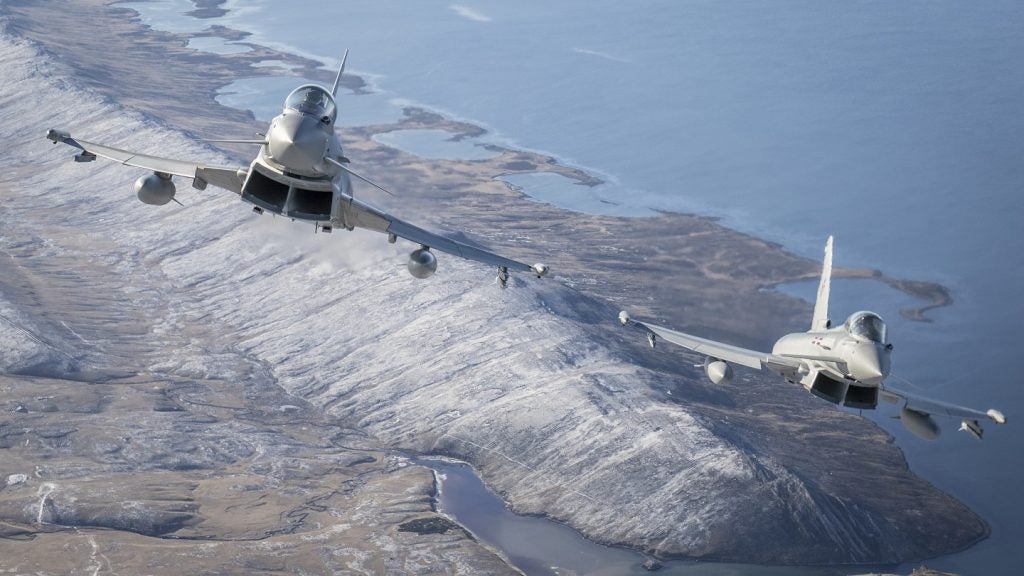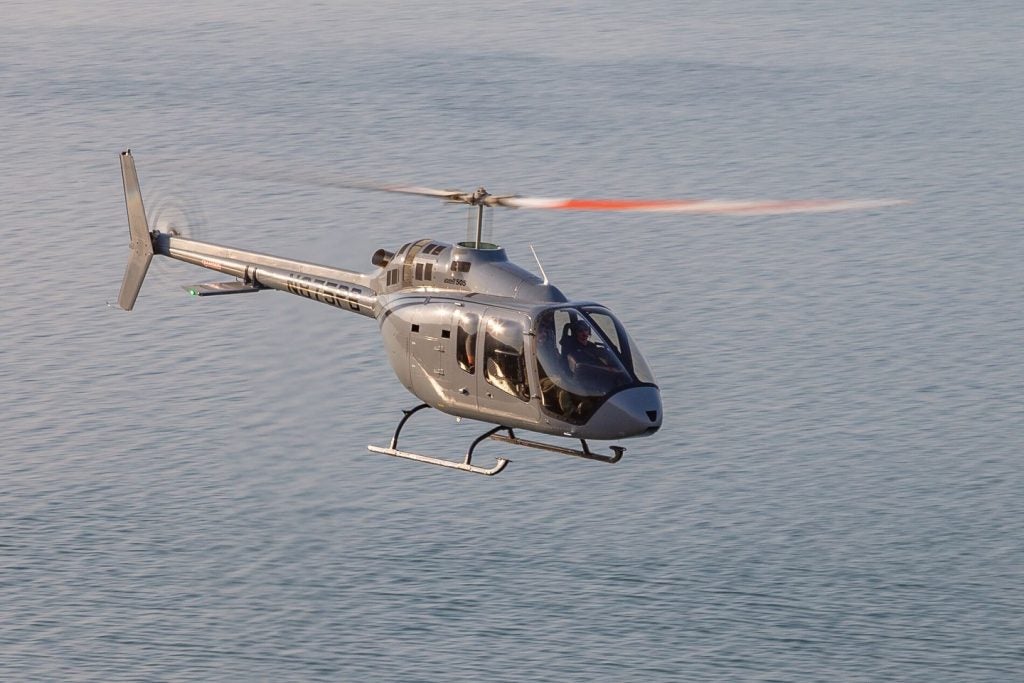A US Air Force AC-130J Ghostrider, believed to be operating in the 73rd Special Operations Squadron, kept its transponder on when it carried out a 'self-defence strike' against militants operating in Iraq on 21 November, allowing the course of the sortie to be monitored in real time by publicly available flight trackers.
Asked in a Department of Defense press conference why the aircraft had its transponder on during the attack, Deputy Pentagon Press Secretary Sabrina Singh could not provide further details.
During the press conference Singh told reporters that a US military AC-130J had been airborne when Iranian-backed militants made a ballistic missile attack against US and coalition forces that caused non-serious injuries and minor infrastructure damage. The Ghostrider sighted the militants and engaged with them in the first example of an unplanned US response during the recent regional tensions. US forces have been attacked 66 times in Iraq and Syria since 17 October, said Singh.
The AC-130J Ghostrider is a modified MC-130J operated by US Special Forces, with the AFSOC taking delivery of 37 of the aircraft by 2021.
The hybrid AC-130J Ghostrider combines the aerial capabilities of the MC-130J with the air-to-ground combat functionalities of the AC-130. It was designed for ongoing strike operations – such as that which occurred in Iraq yesterday – providing close air support for troops in contact, escorting convoys and offering point air defence. The deep air support missions are carried out against both pre-planned targets and targets that arise unexpectedly.
As a special operations tanker aircraft, the Ghostrider has air refuelling capability using the universal air refuelling receptacle slipway installation UARRSI system. However, it does not currently have the external hose-and-drogue pods for refuelling other aircraft.
The AC-130J Ghostrider measures 29.3m in length, 11.9m in height and has a wingspan of 39.7m. The maximum altitude at which it can operate is 28,000ft, and it can carry a payload of 42,000lb.
The fourth-generation gunship aircraft has the capacity to accommodate a total of seven personnel including two pilots, two combat systems officers and three enlisted gunners. The aircraft is designed to accommodate the Large Aircraft Infrared Countermeasures (LAIRCM) system, which is also included.
The AC-130J is equipped with an AN/ALR-56M radar warning receiver, AN/AAR-47 (V) 2 missile warning system and AN/ALE-47 countermeasures dispensing system to enhance its resistance to threats. The safety and protection systems of the aircraft consist of a fuel protection system that prevents ullage explosion, redundant flight critical components and QinetiQ's Last lightweight composite armour system. This system is designed to safeguard crew locations and oxygen supply areas from 7.62mm ball projectiles.











